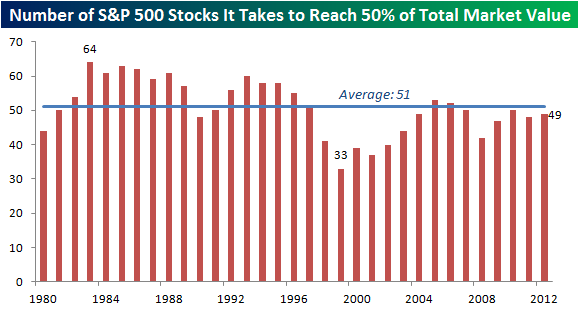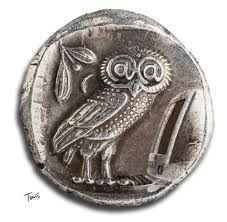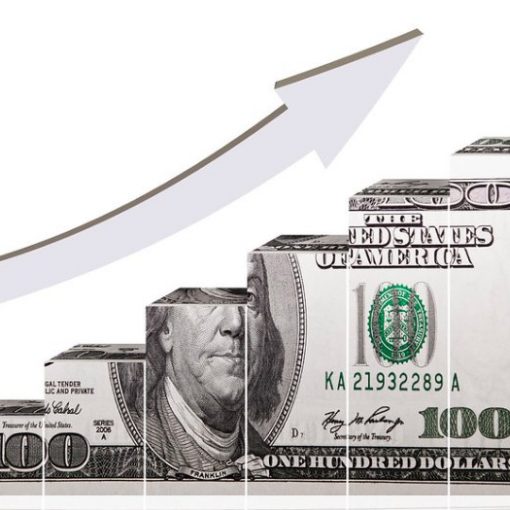With the strong rally in shares of Apple (AAPL) this year and its solid lead in terms of its position as the most valuable company in the world (in terms of market cap), there may be some concern on the part of investors that the S&P 500 is becoming increasingly top heavy. As an index becomes too top-heavy, it no longer becomes an accurate representation of its components. During the tech bubble of the late 1990s, the rally in a handful of highly valued companies propelled the S&P 500 to record highs even as the majority of stocks in the index were in nasty downtrends.
We recently came across an interesting table from Standard & Poor’s which summarized the number of companies in the S&P 500 that it took to account for half of the index’s market capitalization from 1980-2011. The chart below is adapted from that list, and in it we have added the number of stocks that currently account for half of the index’s market cap. As shown in the chart, 49 stocks in the S&P 500 now account for half of the index’s market cap. While this may sound high at face value, from a historical perspective, it is actually not far from its long-term average.
To find the period when the S&P 500 was the least top-heavy, you have to go all the way back to 1984 when it took 64 stocks to make up half of the index’s market cap. In 1999, when the S&P 500 was more top-heavy than it has ever been, it only took 33 stocks to account for more than half of the index’s market cap. For all years since 1980, it has taken an average of 51 stocks to account for half of the index’s market cap, which is just two more than now. From a historical perspective, the S&P 500 is hardly at an extreme level of top-heaviness. That being said, there has been a clear trend of lower highs in the chart, and as the number of stocks accounting for half of the index’s market value decreases, the index does become more top heavy.
Data: Bespoke Investment Group





